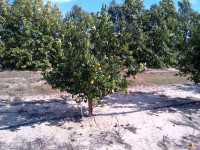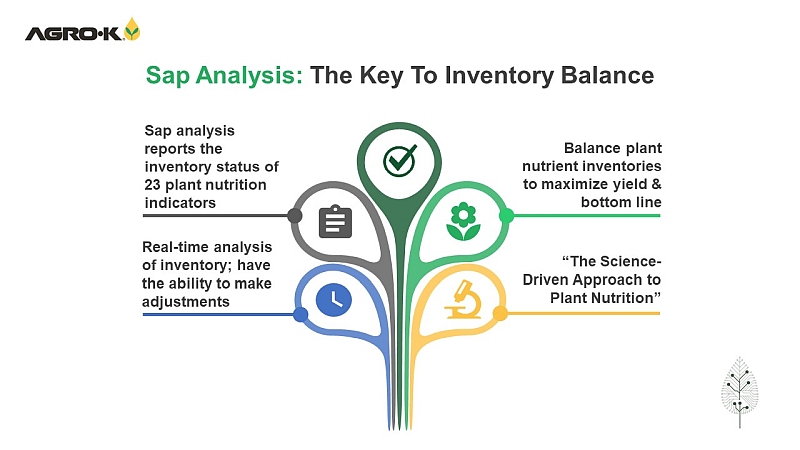Citrus Fruit Quality Variations Affecting Planting Decisions

Many citrus growers look to their nursery for guidance in making planting decisions and evaluating variety options. Often, these relationships are forged over decades of experience and through multiple generations. As more growers participate in variety evaluations and begin to compare new selections to traditional varieties, nurseries will be expected to have answers to some very difficult questions.
Field observations of the 2011-2012 and 2012-2013 crops reveal some irregularities. Traditional tangerine and specialty varieties appear to be showing more variability than others. Varieties are reaching maturity earlier; are sometimes more difficult to de-green; some have variations in peelability, lower acid, and sometimes lower brix. External color appears to be affected. But thus far, complaints do not include internal color. This phenomenon has sufficiently perplexed some growers to the point of frustration. Murcott, W-Murcott, Sunburst, and Minneola all have shown some level of abnormal variation. It is easy to point out HLB as the cause, but the answer might not be so simple. Fruit quality variations are being observed on trees that do not appear to be in severe decline.
Possible Pieces To The Puzzle
Generally, new citrus selections are observed over several seasons before growers express optimism. However, evaluations are difficult in the face of increased variability. Some selections that had great flavor and color two years ago are now bland and pale. It is difficult to assess whether these changes are disease related, the result of increased stress, the side effect of imbalanced nutritional programs, the result of late-season frosts or warm-bloom periods, heavy fall rains, or some combination of all. There are enough possible causes to make one’s head spin.
I contacted several breeders, production managers, and growers seeking input on this issue. All feel that on average, growers are more tuned into tree nutrition than they used to be in an effort to boost tree health and support production. Following this line of thinking, most agreed that nutrition programs are part of the answer — especially where trees are provided constant nutrition and water during the winter — causing them to leave dormancy earlier and flower earlier. This can lead to excellent early eating quality in grapefruit, and bland washed-out tangerines and oranges. Genetics clearly plays a part in the variability, but not enough is known or understood. More research is needed. It is interesting to note that with specialty varieties, there is variation in appearance in addition to internal quality fluctuations.
Some knowledgeable people assign this current phenomenon to nothing other than natural climatic fluctuations. Late frost caused differences in the timing of the bloom and the warm weather that immediately followed accelerated the maturation process. We are looking at a large number of juvenile trees and new varieties, and the impact of environmental factors may be more severe among young trees.
More To Come
Whatever the cause, we can agree that something is changing in Florida. It may be temporary. Though much of this is not well understood at this point, the scientific community has taken notice. Stay tuned to the latest research reports and watch for information from your citrus Extension agent. As we learn more, we will share it here in the “Citrus Nursery Source” department. In the meantime, growers are encouraged to continue variety observations over multiple crop years and differing conditions. We would love to hear your feedback on this important topic.
Thanks to Dr. Bill Castle, Dr. Jude Grosser and Dr. Fred Gmitter for sharing their insights on this issue.










